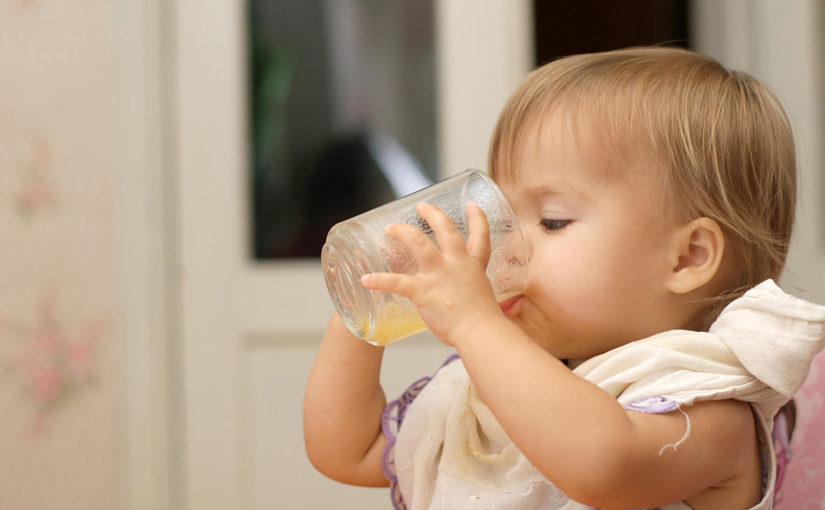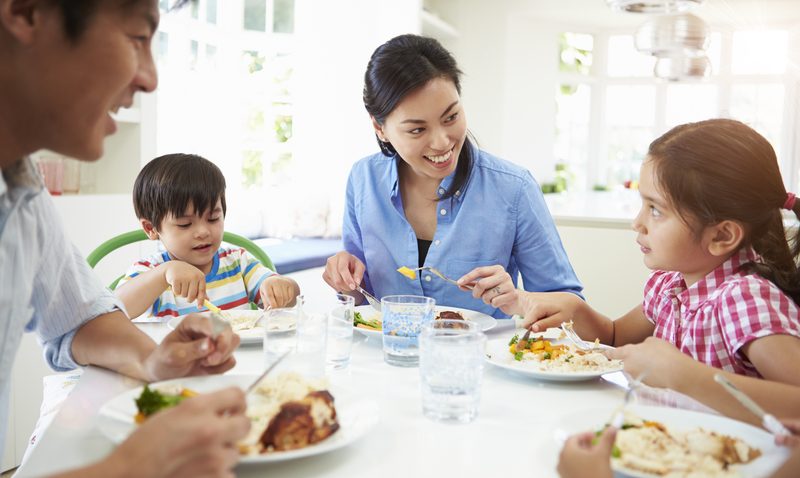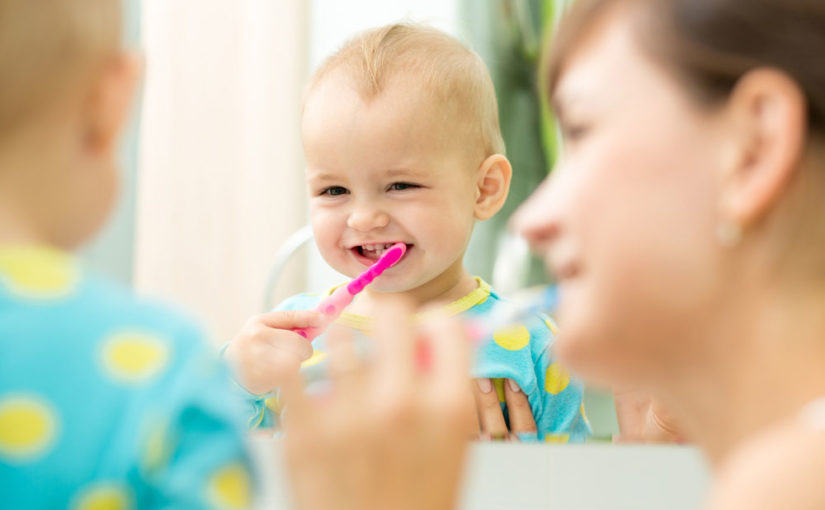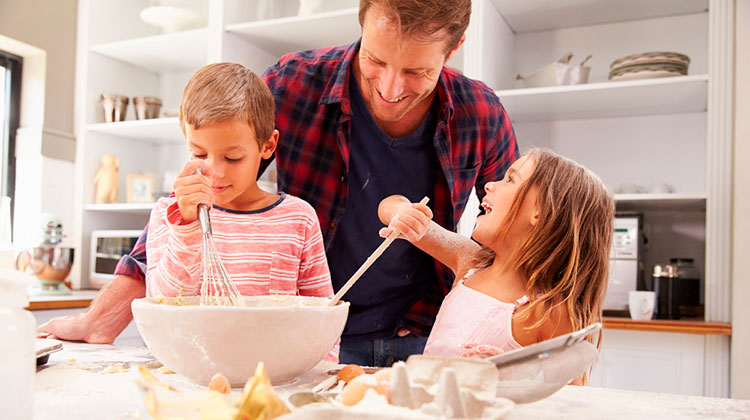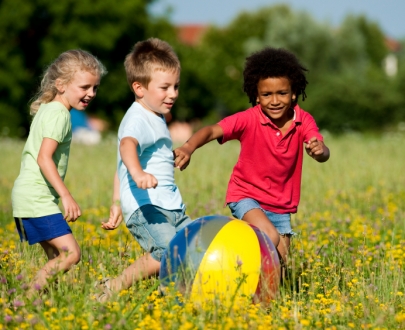When is it time to begin to feed your baby first foods? Most experts say around 4-6 months your baby will be ready for baby cereals and purees. This is an important step not only for them to reach feeding milestones and continue to grow, but will give baby more awareness and movement of oral structures they use for successful eating and speech. When you first spoon feed your baby, beginning with rice cereal or oatmeal, it is important to place the spoon so that the tongue and roof of the mouth can work together to move the food back in order for baby to swallow. Also, baby’s lips should have the opportunity to clear the bowl of the spoon. The first few bites, or even the first few times your baby eats, you will most likely see them push the food out instead of a complete and/or successful swallow(tongue thrust). This is completely typical, however, if your baby doesn’t begin to successfully swallow more quantity each time they practice, you may want to seek additional advice or help. Having good communication with your pediatrician who can refer you to your local early intervention program is important if you begin to have concerns. In addition, I have included an additional resource in the resources tab for information from an occupational therapist who specializes in feeding. Once your baby is more proficient with a variety of purees and is beginning to teeth(chewing on everything, excessive drooling, more irritability, etc)you can begin trying some teething biscuits so baby will learn a more mature chew, then bite action. You can also begin transitioning them through the next stages of baby foods so they can be efficient and successful with table foods. Whether you are using store bought or homemade baby foods, let your baby explore the foods they eat. Let them get messy and learn how to become confident with self-feeding while progressing through the stages. Remember, all of the exploration and movement they are learning through feeding, also helps baby learn awareness and movement to begin speech. Talk to your baby during feeding times to teach them names of all the foods they are trying and what they need to eat them. Most importantly, be patient and have fun watching your baby learn and grow!
Words/sounds to include: eat, yum/yummy, mmmm-mmmm, names of foods, spoon, bowl, bite, chew, scoop, dip, mouth, tongue, teeth, lips, more, all done, etc.
*Please refer to the resources tab for additional information regarding feeding milestones.



